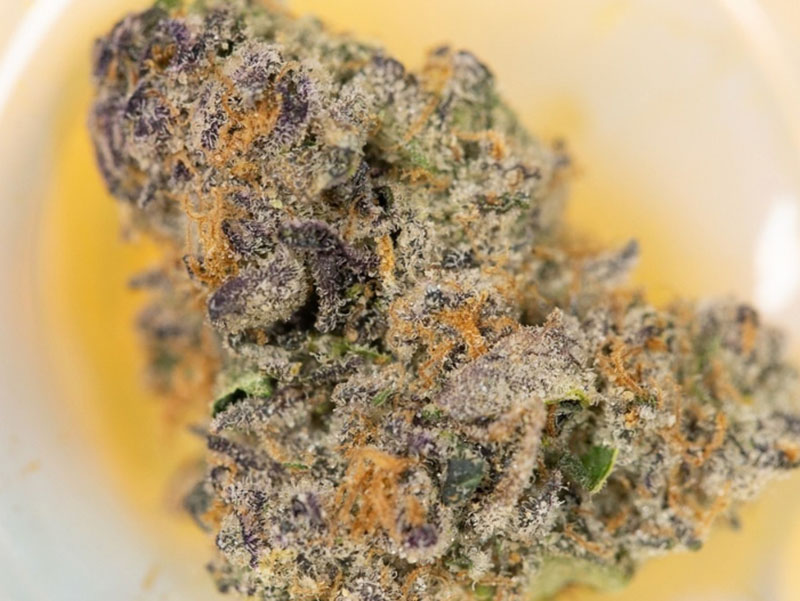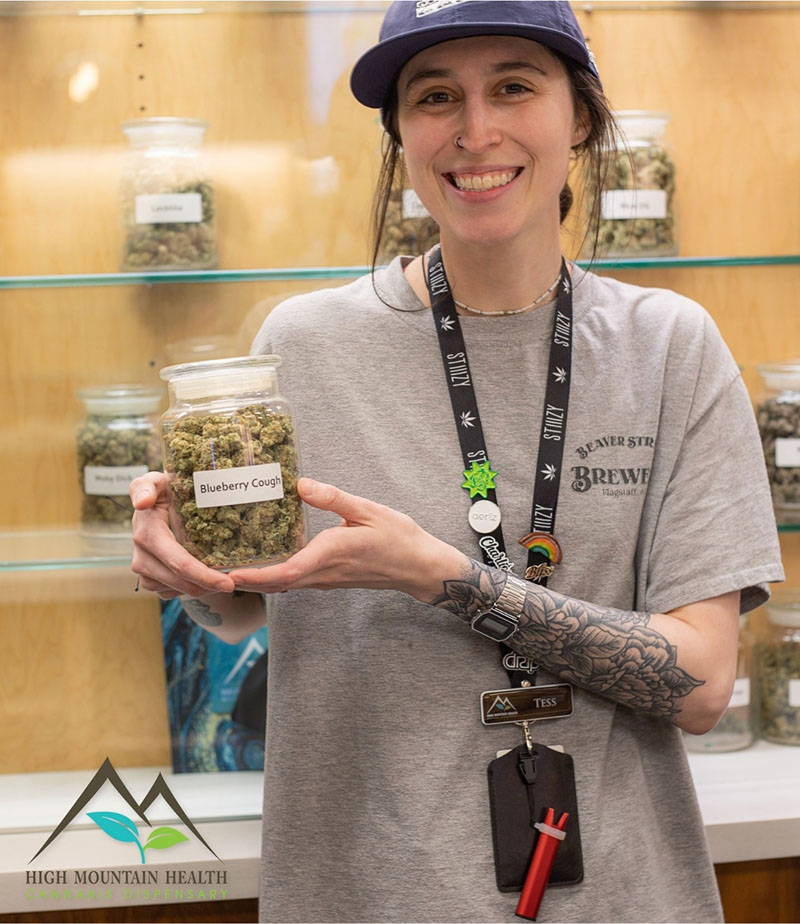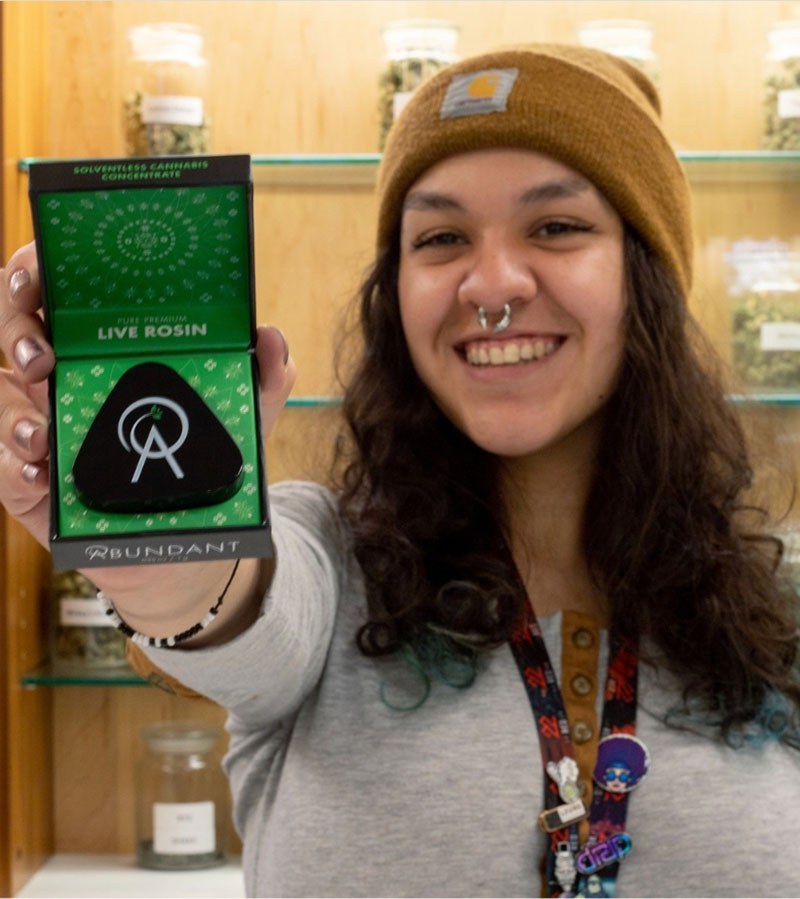Tinctures are one of the most versatile ways that patients can ingest cannabis medicine.
People utilized tinctures through history. Before prohibition in the early 20th century, people used tinctures to treat ailments like menstrual cramps and arthritis. While they aren’t discussed as frequently today, this installment of The Herbivore shines a light on how to make your own cannabis alcohol tincture and how to use them for infusing.
What are tinctures?
Let’s get down to the basics: what is a tincture and what is it made from? Contrary to popular belief, tinctures are actually pretty straightforward. Tinctures are developed through alcohol extraction and winterization. Essentially, the alcohol pulls valued cannabinoids and terpenes -- such as THC, CBD, limonene, and a-pinene -- leaving the rest of the plant matter behind.
So, instead of breathing in all the extra plant matter and carbon that comes with combustion, tinctures offer the full-spectrum benefits of a rich cannabinoid and terpene extraction. Most often, tinctures are delivered sublingually (beneath the tongue). This method of ingestion is one of the quickest ways to receive the medicinal benefits as the tincture quickly enters the bloodstream through absorption.
Furthermore, tinctures are frequently packaged with a dropper for easy dosing and administration.
How to make your own tincture
Making your tinctures opens up many possibilities for your cannabis-infused endeavors. Use the tinctures independently or use them to infuse your smoothies, soups, salad dressings -- this list goes on (and more on that below…).
What you will need:
- Cannabis flower of your choice -- may we recommend our award-winning, high CBD strain Critical Mass?
- High percentage alcohol, such as Everclear
- Parchment paper
- Grinder
- Cheesecloth
- Glass mason jar with lid
- Glass container with a pipette, if possible
- Oven-safe pan
- Sticker labels
Directions:
- Start by grinding your flower to a very fine consistency.
- Decarboxylate the flower. This step activates the potent cannabinoids and terpenes. To do so, preheat your oven to 225-235*F. Use a piece of parchment paper to cover the surface of an oven-safe pan. Spread the cannabis evenly across the parchment paper. Place the pan in the oven and bake for 35 minutes. We have covered decarboxylation on the blog before, and here's a useful excerpt as to why this step is important: "Decarboxylation activates the THC in the cannabis without burning the plant material. This necessary step is the reason why eating raw cannabis, while good for you, won’t elicit any mental effects. Keep in mind that the mixture shouldn’t exceed 245*F, or else you may risk losing valuable cannabinoids."
- Next, Remove the decarboxylated cannabis from the oven and mix with your alcohol solvent in a glass jar with a lid. We recommend a 1:5 ratio (1 part cannabis to 5 parts alcohol). The solvent should completely cover the cannabis. Cover the mixture with an air-tight lid.
- Allow the mixture to sit for two weeks, shaking occasionally.
- Finally, after two weeks, strain the mixture through the cheesecloth and into your tincture container, squeezing any remaining liquid through the cloth.
- Label your tincture with relevant information to avoid confusion when medicating.
What can you do with tinctures?
Tinctures open up many new infusion opportunities. For instance, a well-loved pairing is the "Seattle Speedball," a combination of cannabis and coffee. Add a tincture into your morning latte for a caffeinated and medicated morning.
We also love infusing smoothies for a healthy and energizing option. A few of our favorite combinations:
- Beets, berries, mint & lime
- Nut butter, frozen bananas, cacao nibs & almond milk
- Avocado, strawberries, almond milk & yogurt
The best thing about tinctures is how versatile they are. Have fun and embrace your creative side -- let us know what infused concoctions you invent!










